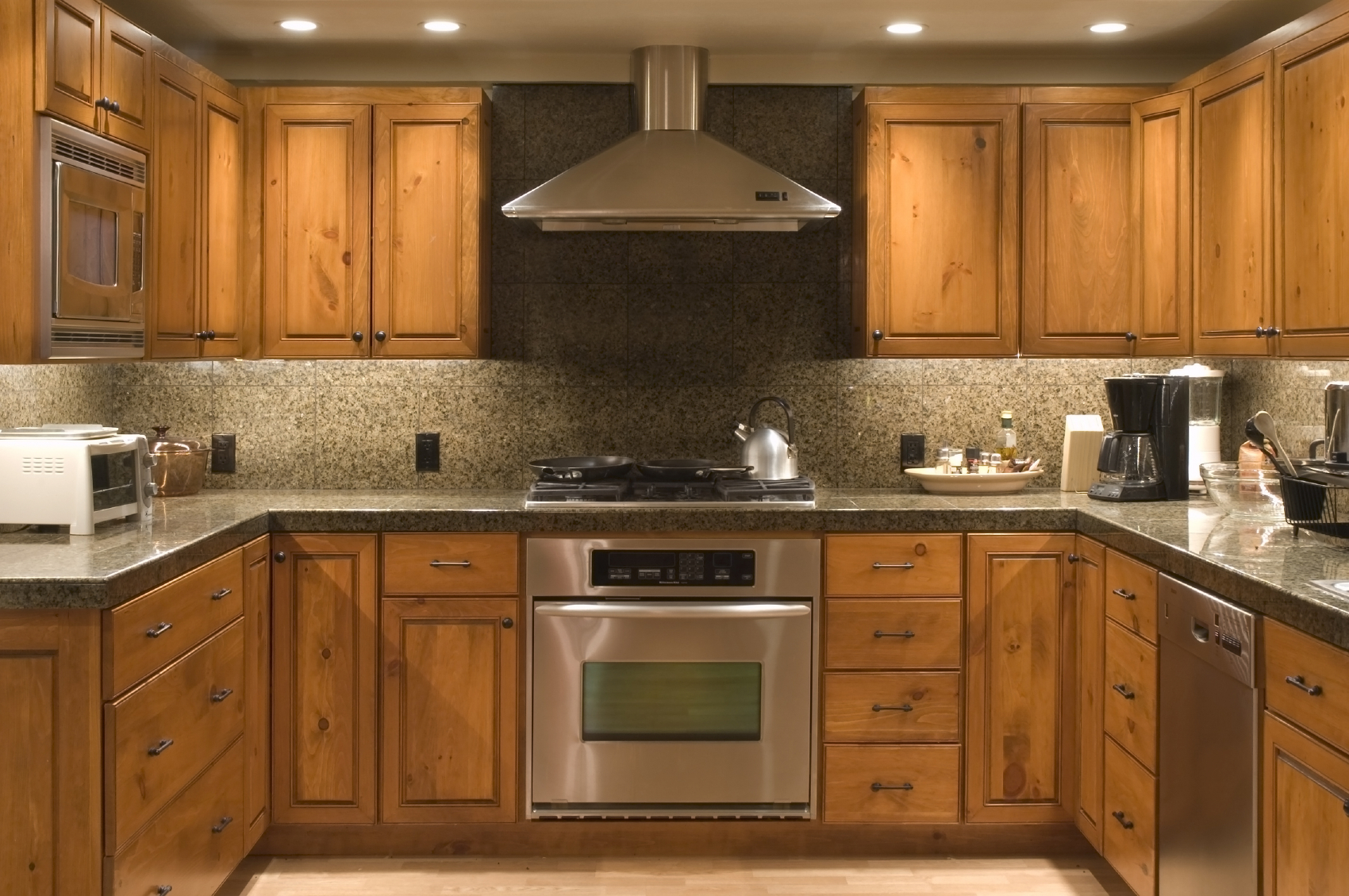The Appeal of Frameless Cabinets: European Style Frameless Cabinets

Frameless cabinets, characterized by their sleek and minimalist design, have become increasingly popular in modern kitchens and bathrooms. They offer a clean, uncluttered aesthetic that enhances the overall look and feel of the space, contributing to a sense of spaciousness and contemporary style.
The Aesthetic Benefits of Frameless Cabinets
Frameless cabinets stand out for their clean lines and lack of visible frames, creating a seamless and minimalist appearance. This design element contributes to a modern and sophisticated look, making the space feel larger and more inviting. The absence of frames allows for a more streamlined aesthetic, emphasizing the beauty of the cabinet doors and hardware.
The Impact of Frameless Cabinets on Space Perception
Frameless cabinets contribute to a sense of spaciousness and openness, particularly in smaller kitchens or bathrooms. The absence of bulky frames creates a more uncluttered look, making the room appear larger and more airy. This is especially beneficial in smaller spaces where maximizing visual space is crucial.
Comparison of Frameless and Framed Cabinets
Traditional framed cabinets, with their visible frames, often create a more traditional and classic look. They can be heavier and more imposing, while frameless cabinets offer a lighter and more contemporary aesthetic. The clean lines and minimalist design of frameless cabinets complement modern and contemporary kitchen and bathroom designs, while framed cabinets often suit more traditional styles.
Design Considerations for European Style Frameless Cabinets

Frameless cabinets, a hallmark of European design, offer a sleek, minimalist aesthetic that seamlessly integrates with modern interiors. The absence of traditional frames creates a clean, uninterrupted look, enhancing the visual appeal of your kitchen or bathroom. Understanding the design considerations involved in frameless cabinet construction is crucial to achieving the desired aesthetic and functionality.
Materials Used in Frameless Cabinet Construction, European style frameless cabinets
The choice of materials significantly impacts the durability, style, and cost of frameless cabinets. Here’s a breakdown of the most common materials:
- Wood: Wood remains a popular choice for frameless cabinets, offering natural beauty, warmth, and a wide range of finishes. Common wood species include maple, cherry, oak, and walnut, each possessing distinct grain patterns and color variations. The durability of wood cabinets is enhanced by using plywood or engineered wood products, which are less prone to warping or cracking.
- Metal: Metal frameless cabinets, typically constructed from aluminum or steel, offer exceptional durability and resistance to moisture. These cabinets are often used in commercial settings or kitchens prone to high humidity, as they are highly resistant to rust and corrosion. Metal cabinets can be powder-coated in a variety of colors to complement the overall design scheme.
- Composite Materials: Composite materials, such as MDF (Medium Density Fiberboard) or particleboard, offer an affordable and versatile alternative to solid wood. These materials are engineered for stability and strength, and can be finished to resemble wood or other materials. While composite materials are less expensive than solid wood, they may not offer the same level of durability or natural beauty.
Functionality and Storage Solutions

Frameless cabinets, with their sleek design and absence of visible frames, offer a unique advantage: maximizing storage space. This is achieved by eliminating the bulk of traditional frames, allowing for deeper cabinets and wider drawers, ultimately providing more room for your belongings. The open design also allows for a greater sense of spaciousness, making your kitchen feel larger and more inviting.
Drawer and Shelf Configurations
The versatility of frameless cabinets extends to their adaptability in accommodating diverse storage needs. The absence of frames allows for a greater variety of drawer and shelf configurations, enabling you to tailor your cabinets to your specific requirements. For example, you can opt for deep drawers with pull-out organizers for storing bulky items, while shallow drawers can be utilized for smaller items that require easy access. Adjustable shelves provide flexibility, allowing you to create customized compartments for different types of cookware, dishes, or other kitchen essentials.
Hardware Options for Frameless Cabinets
The functionality of frameless cabinets relies heavily on the quality and design of the hardware used. Hinges, slides, and drawer mechanisms play a crucial role in ensuring smooth operation, durability, and ease of access. Here’s a table comparing different hardware options:
| Hardware Type | Features | Benefits | Considerations |
|—|—|—|—|
| Hinges | Soft-close, self-closing, full overlay, half overlay | Quiet operation, preventing slamming, maximizing door access | Cost, compatibility with cabinet design |
| Slides | Full extension, soft-close, undermount, side mount | Smooth operation, easy access to all contents, quiet closing | Weight capacity, cost, ease of installation |
| Drawer Mechanisms | Undermount, side mount, soft-close, self-closing | Smooth operation, quiet closing, ease of access | Cost, weight capacity, compatibility with drawer design |
Imagine stepping into a spacious Miami villa, its sleek, modern lines echoing the sophistication of European style frameless cabinets. These cabinets, with their minimalist design and seamless integration, would be the perfect complement to the luxurious lifestyle offered by 2 bedroom villas in Miami.
The clean lines and elegant simplicity of these cabinets would enhance the sense of openness and airiness that defines these stunning residences.
European style frameless cabinets are known for their sleek, minimalist design, often featuring clean lines and a lack of visible hardware. This approach allows for a streamlined look, perfect for creating a modern and sophisticated kitchen. For a striking contrast, consider pairing these cabinets with a bold color like yellow on the walls, as seen in black kitchen cabinets yellow walls.
This combination creates a dynamic and energetic space, while the frameless cabinets maintain a sense of order and elegance.
